Lanthanum Oxide Price - Aug. 7, 2017
- Details
- Category: Tungsten's News
- Published on Tuesday, 08 August 2017 11:21
- Written by meilan
- Hits: 748
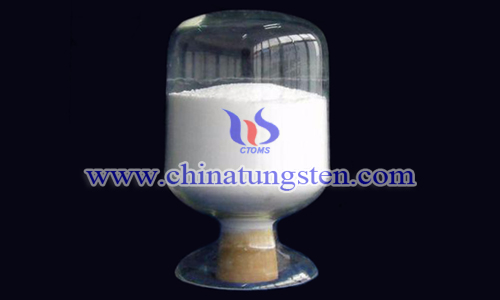
Rare earth price in China sustains steady growth. Price of praseodymium, neodymium and dysprosium increase actively.
Optimistic Tungsten Price in Chinese Market
- Details
- Category: Tungsten's News
- Published on Monday, 07 August 2017 16:02
- Written by meilan
- Hits: 698
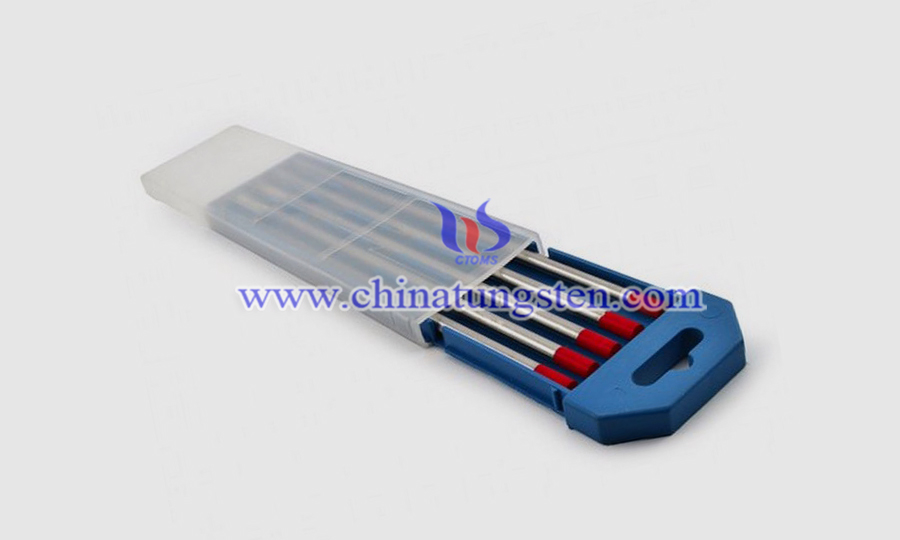
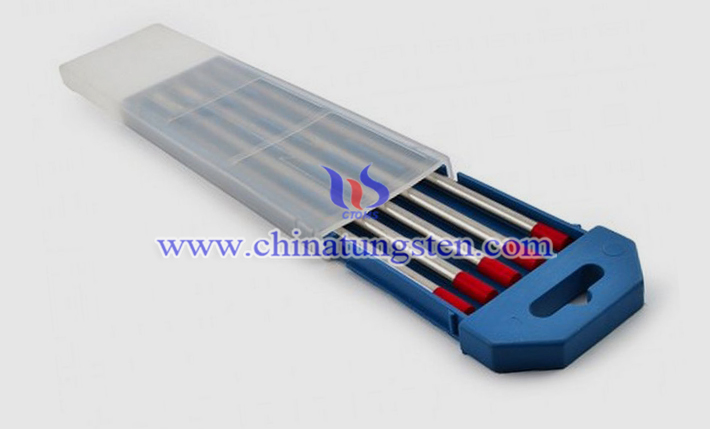
As the enthusiastic speculation of environmental supervision continues, tungsten products price in China finished the initial consolidation trend, returning to the upward channel.
Tungsten Mining to Buy Tabba Processing Plant from Pilbara Minerals
- Details
- Category: Tungsten's News
- Published on Friday, 04 August 2017 13:57
- Written by Cristina
- Hits: 517

Tungsten Mining NL has signed an agreement to acquire Pilbara Minerals' Tabba processing plant in Western Australia.
Read more: Tungsten Mining to Buy Tabba Processing Plant from Pilbara Minerals
Europium Oxide Price – Aug. 4, 2017
- Details
- Category: Tungsten's News
- Published on Monday, 07 August 2017 15:57
- Written by meilan
- Hits: 611
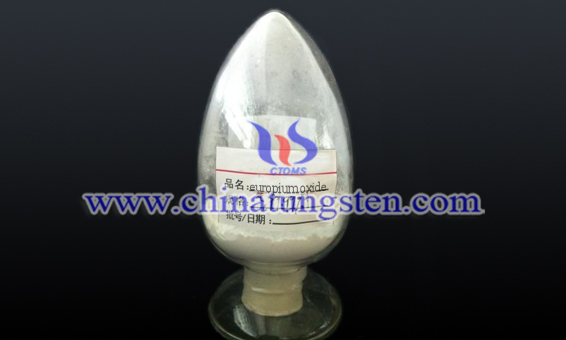
Rare earth price in China continues to increase. The praseodymium neodymium price particularly remains strong. With the supervision and cracking down on speculation continue, downstream demand of magnetic sustain steady growth.
Supercomputers Used To Simulate Fusion Reactor Materials
- Details
- Category: Tungsten's News
- Published on Friday, 04 August 2017 13:54
- Written by Cristina
- Hits: 583
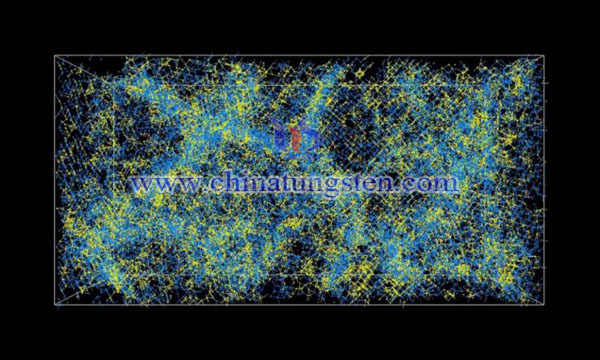
Researchers in Japan have used computer simulations to model the movement of impurities in tungsten used to line the walls of nuclear fusion reactors. Their findings, published in Nuclear Materials and Energy, bring practical fusion reactors one step closer to reality. Instead of splitting atoms apart like in present day nuclear reactors, nuclear fusion generates energy by fusing atoms together.
Read more: Supercomputers Used To Simulate Fusion Reactor Materials





 sales@chinatungsten.com
sales@chinatungsten.com